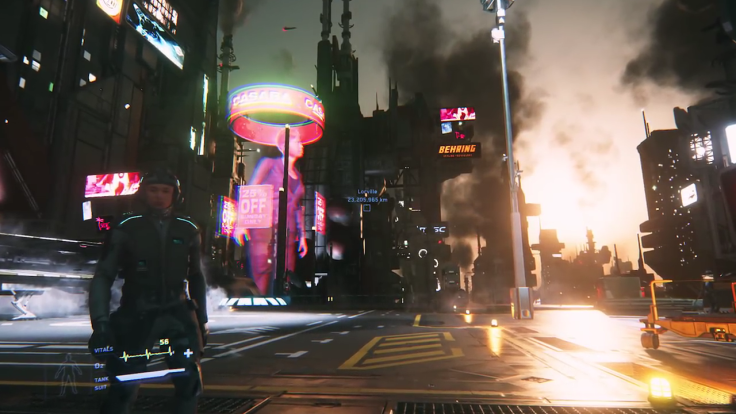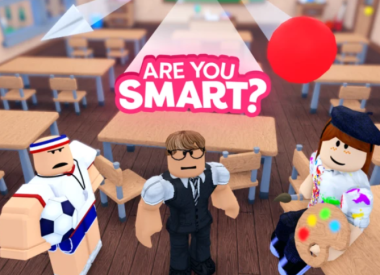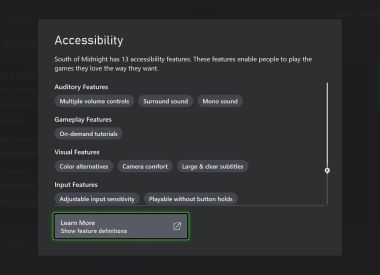Star Citizen’s latest Around The Verse continued to offer insight on the PTU push for alpha 3.0, while also pulling back the curtain on the procedural cities tech that wowed crowds at CitizenCon. Though there was lots of QA jargon and theoretical talk to be had, there’s still plenty to unpack.
Starting with 3.0, there are still 97 issues left to be fixed spread across shopping, missions, ships, traversal, MobiGlass and performance. On the shopping end, small issues with NPC jitters and additions for multiple shopkeepers have led to 150 bugs being squashed over the past seven days. Previously troublesome ships, like the Gladiator, are also feature-complete and ready for liftoff.
Missions are following a similar trajectory. Seven playable archetypes are fully ready for public consumption while four are still being polished. To help that process along, other players don’t hear mission dialogue that isn’t related to them. Crashes tied to MobiGlass and traffic limitations are the main thing shackling the 3.0 PTU release for now, but Foundry 42 Design Director Todd Papy is optimistic about the future. “Now it really is just tightening the screws down and making sure that everything is polished as we possibly can make it,” he said.
The main feature of the episode was, of course, procedural cities like ArcCorp that made their debut at CitizenCon a few weeks back. The story goes that Lead Technical Artist Alex Remotti had created a tool that allowed him to digitally recreate Paris. After showing a demo to his colleagues, he was able to spawn what would become the first modern version of ArcCorp in just three days.

While the tech behind it is immensely complicated, the concept is simple: just watch the city as it builds and place it on a planet to see how the buildings respond to atmospheric elements. The computer-generated cities in Star Citizen operate from a grid-based algorithm based on groups of city blocks. One area may contain high buildings for industrial use, while the outskirts and suburbs are automatically populated with lower buildings. In the current state of the tech there are pairing shortcomings where a hospital probably shouldn’t spawn close to an oil refinery, for example, and those inconsistencies are currently being dealt with by hand.
Beyond those anomalies, the majority of the crafted artistry will focus on high-traffic areas, like landing zones, where players will spend most of their time. In more nondescript traversal spaces, this procedural tech can save vast amounts of development time while increasing the scope of the experience in the universe.
There’s still lots of work to be done, but the Cloud Imperium Games staff has grand visions for how the tool can revolutionize Star Citizen as we know it. During the episode developers mused about the possibility for the algorithm to drop dynamic mission-giver NPCs that occasionally appear on rooftops. As players interact with the world, these features might also be expanded to show signs of destruction and decay with the passage of time. The tool itself has only been in builds for about a month, but CIG is taking some creative license to dream big.
Star Citizen is in alpha for Kickstarter backers on PC.
What do you think of this procedural city tech? Will it transform Star Citizen into the space sim you’ve always dreamed of? Tell us in the comments section!


















